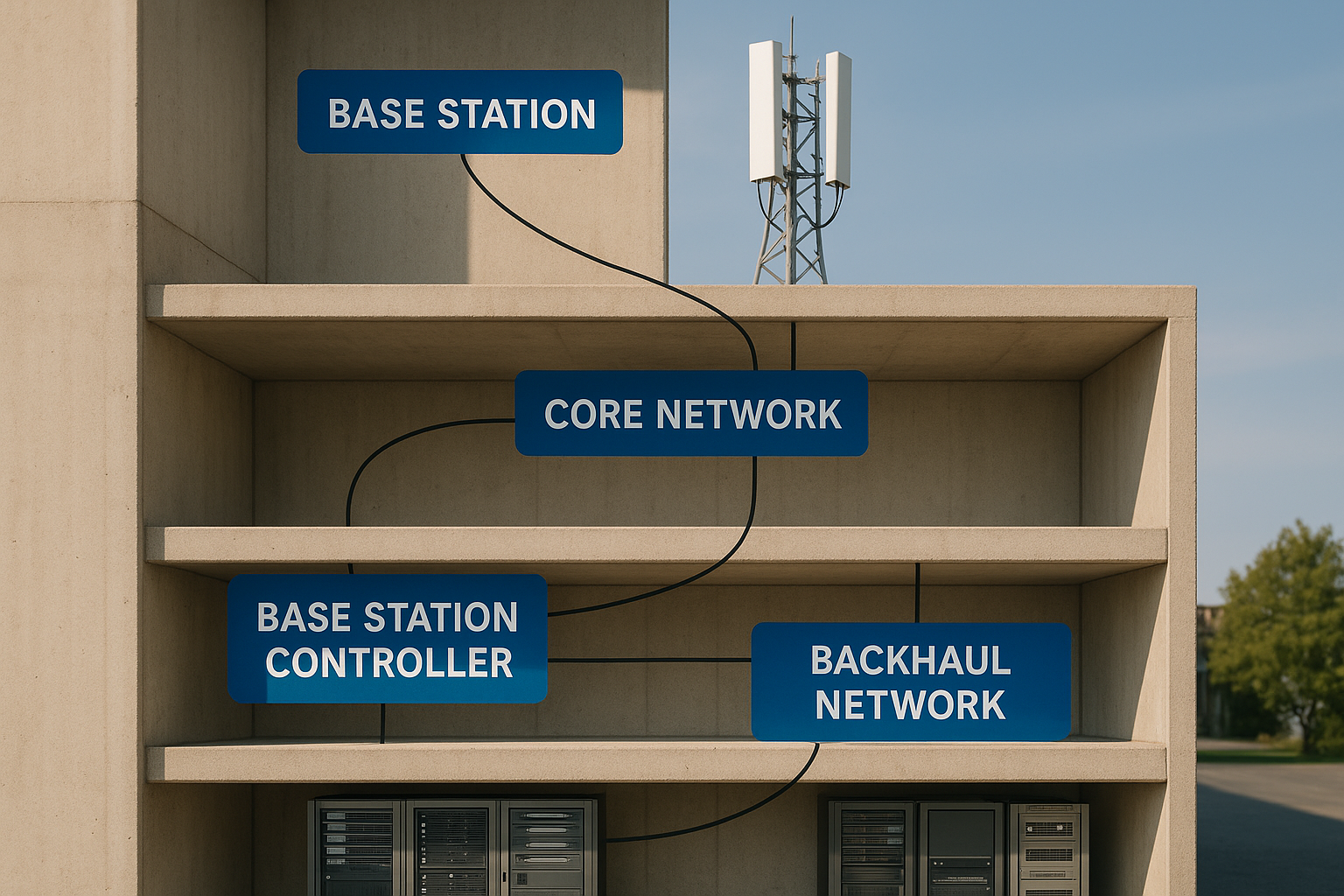Master Cellular Network Architecture for Unlimited Connectivity Gains
Unlock the full potential of your connectivity by mastering cellular network architecture, and see these options to enhance your digital experience.

Understanding Cellular Network Architecture
Cellular network architecture is the backbone of modern communication, enabling seamless connectivity across vast distances. At its core, this architecture is designed to efficiently manage and route data between mobile devices and the internet, ensuring that users enjoy uninterrupted service. The architecture consists of several key components, including the Radio Access Network (RAN), the core network, and user equipment. Together, these elements work harmoniously to provide the robust and reliable connectivity that users have come to expect.
The RAN is responsible for connecting individual devices to the network, utilizing a combination of cell towers and small cells to cover large areas. The core network, on the other hand, manages the data exchange processes, handling everything from authentication to data transfer. By optimizing these components, cellular networks can deliver faster speeds and greater capacity, which is crucial in today's data-driven world.
The Evolution of Cellular Networks
The journey from first-generation (1G) to fifth-generation (5G) networks has been marked by significant advancements in technology and infrastructure. Each generation has brought about improvements in speed, capacity, and latency, allowing for more complex and data-intensive applications. With 5G, users can expect ultra-fast download speeds, reduced latency, and the ability to connect a multitude of devices simultaneously, making it a game-changer for industries and consumers alike.
For businesses, the transition to 5G opens up new possibilities for innovation and efficiency. Industries such as healthcare, manufacturing, and transportation can leverage 5G's capabilities to implement advanced technologies like the Internet of Things (IoT), artificial intelligence (AI), and augmented reality (AR). These technologies rely on high-speed, low-latency networks to function effectively, and 5G provides the perfect platform for their deployment.
Real-World Applications and Benefits
One of the most exciting aspects of modern cellular networks is their ability to support a wide range of applications that enhance both personal and professional lives. For instance, telemedicine has become increasingly viable thanks to improved network speeds, allowing healthcare providers to offer remote consultations and monitor patients in real-time1. Similarly, smart cities are becoming a reality as 5G networks enable the deployment of IoT devices that can monitor and manage urban infrastructure more efficiently2.
For consumers, enhanced mobile broadband (eMBB) means faster streaming, smoother gaming experiences, and improved video conferencing capabilities. Additionally, the massive machine-type communications (mMTC) aspect of 5G allows for the connection of billions of IoT devices, paving the way for smarter homes and more connected lifestyles3.
Cost Considerations and Investment Opportunities
While the benefits of upgrading to the latest cellular network technologies are clear, it's important to consider the associated costs. Implementing 5G infrastructure requires significant investment from telecom companies, which can impact service pricing for consumers. However, the long-term gains in efficiency and capability often outweigh the initial expenditure. For businesses, investing in 5G technology can lead to reduced operational costs and increased competitiveness in the market4.
As you browse options for connectivity solutions, consider the potential return on investment that comes with adopting cutting-edge network technologies. Whether you're a business looking to enhance productivity or a consumer seeking the best mobile experience, the opportunities presented by advanced cellular networks are worth exploring.
By understanding and leveraging the architecture of cellular networks, you can position yourself to take full advantage of the connectivity gains they offer. As you explore these options, remember that the future of communication is not just about staying connected—it's about transforming the way we live and work.